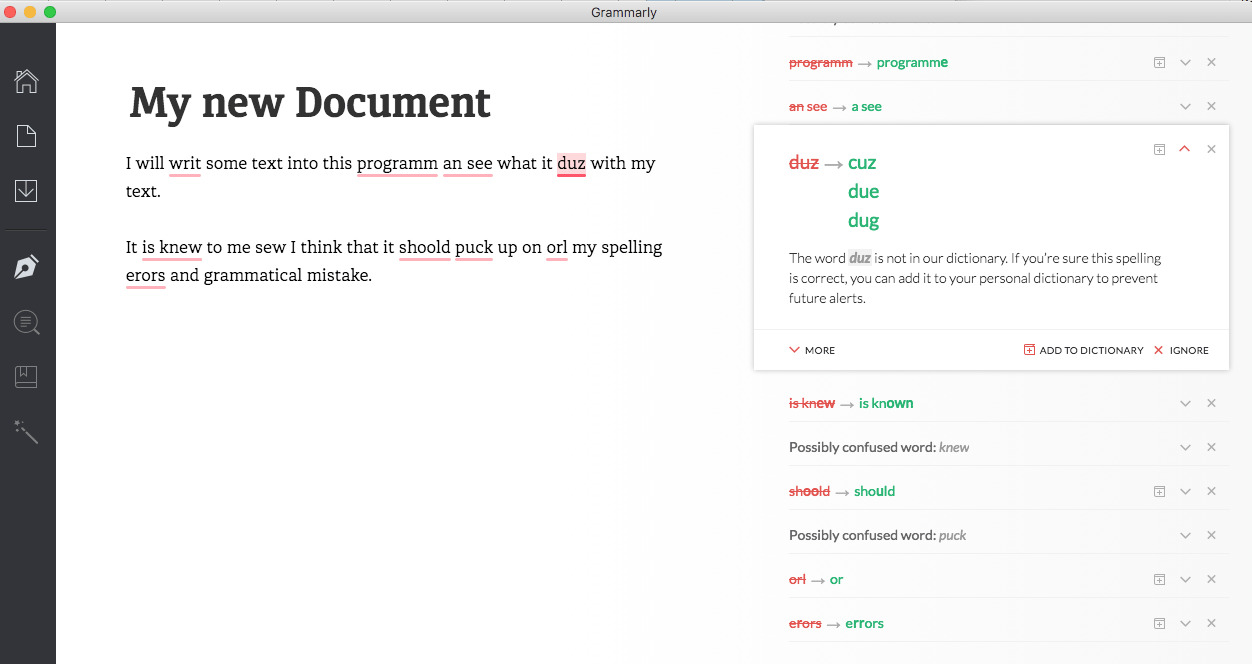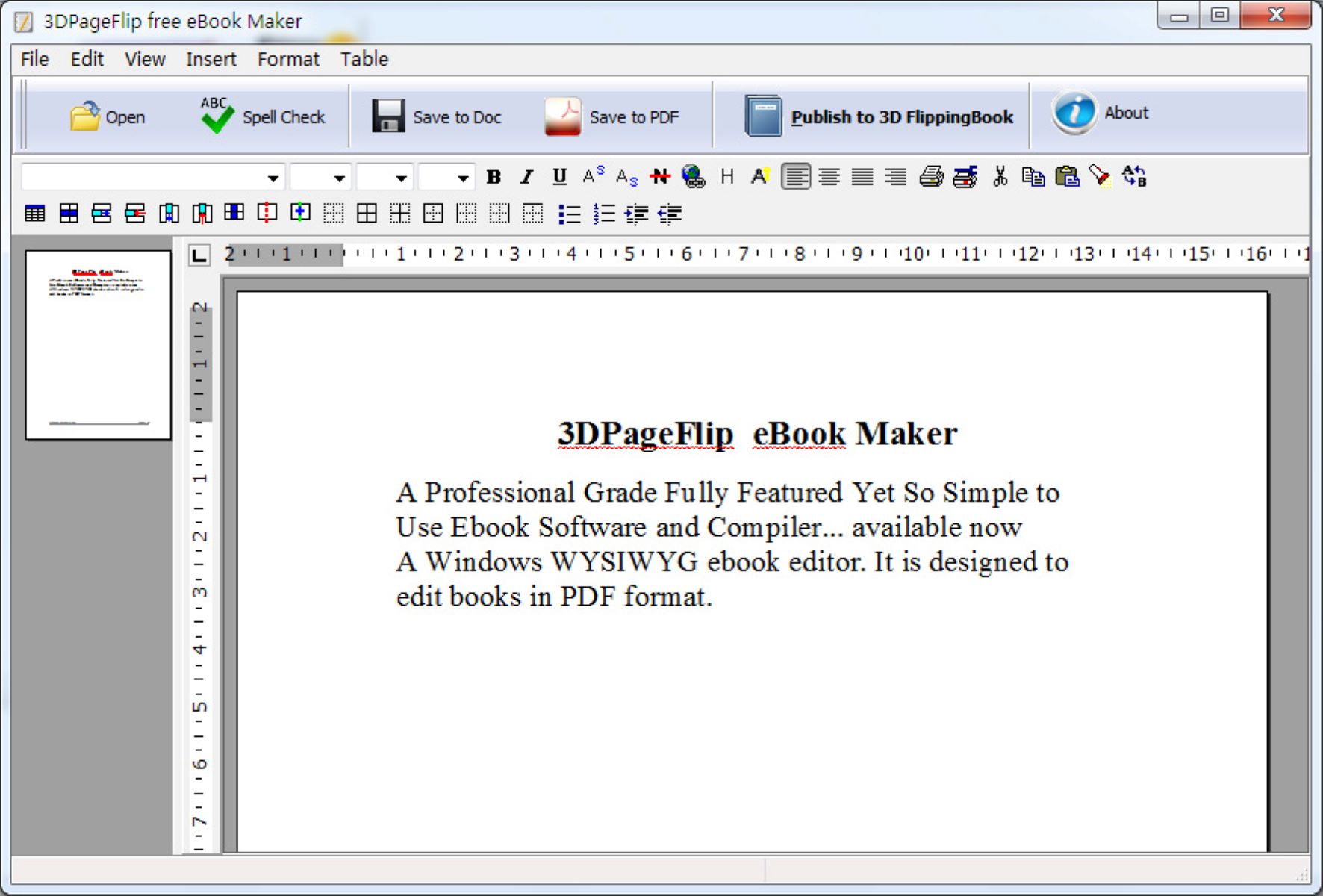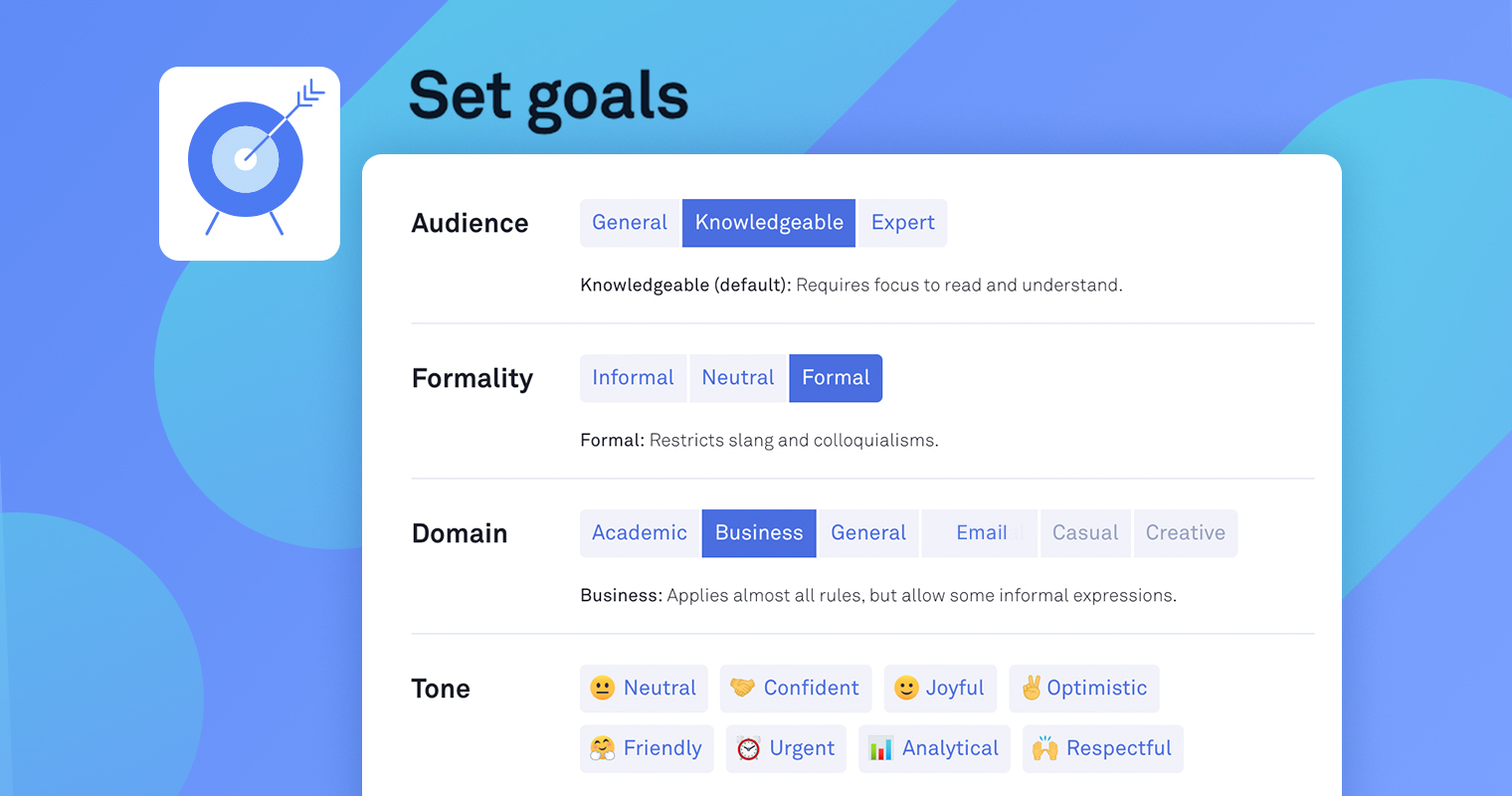Introduction
Welcome to the world of intricate text! In the realm of grammar and writing, intricate text refers to sentences or passages that are complex, convoluted, or difficult to understand. These are the kind of sentences that can leave readers scratching their heads, searching for clarity amidst the tangle of words.
Why is intricate text important, you may wonder? Well, in the age of rapid communication and information consumption, it is crucial to convey your message clearly and effectively. Whether you are writing an email, a blog post, a report, or any type of content, ensuring that your text is concise, coherent, and easily comprehensible is vital.
This is where tools like Grammarly come in handy. Grammarly is an advanced writing assistant that not only checks for grammatical errors and spelling mistakes but also helps identify intricate text. By highlighting complex passages and offering suggestions for improvement, Grammarly assists writers in crafting clear and concise content.
Understanding the different types of intricate text is key to enhancing your writing skills. It enables you to identify areas where your writing may be unclear, verbose, or lacking coherence. By recognizing these pitfalls, you can take proactive steps to improve your writing and communicate more effectively.
In this article, we will delve deeper into the concept of intricate text, explore why it is important, and learn how Grammarly identifies intricate text. We will also discuss the different types of intricate text and provide tips on how to improve and simplify your writing.
What is Intricate Text?
Intricate text refers to sentences or passages in writing that are complex, convoluted, or difficult to comprehend. These are the types of sentences that can confuse readers and make it hard for them to grasp the intended message. Intricate text can be characterized by lengthy and convoluted sentence structures, excessive use of jargon or technical language, ambiguous references, or unclear pronoun antecedents.
One common feature of intricate text is syntactic complexity. This means that the sentence structure itself is elaborate, involving multiple clauses, subclauses, or intricate phrasing. These complex structures can make it harder for readers to follow the flow of the text and extract the main idea. In contrast, clear and concise sentences with simple structures are easier to understand and more effective in communicating the intended message.
Another aspect of intricate text is the use of unnecessary or excessive language. This includes wordy expressions, redundant phrases, and overuse of adjectives and adverbs. While descriptive language can add depth to writing, an excessive or inappropriate use of modifiers can clutter the text and detract from its clarity. Simplifying the language and removing unnecessary fluff can improve the readability of the text and make it more accessible to readers.
Jargon and technical terms are another culprit of intricate text. While specialized language has its place in specific fields, excessive use of jargon can alienate readers who are not familiar with the terminology. It is essential to strike a balance between using appropriate technical terms and ensuring that the text remains accessible to a broader audience.
Ambiguity is yet another characteristic of intricate text. This can arise from unclear references or pronoun antecedents. When the pronouns used in a sentence do not clearly indicate which noun they are referring to, it can lead to confusion and misinterpretation. It is crucial to ensure that pronouns have clear antecedents to facilitate smooth comprehension.
Intricate text, therefore, encompasses various aspects of writing that hinder clarity and understanding. By identifying and addressing these complexities, writers can enhance their communication skills and connect more effectively with their audience.
Why Is Intricate Text Important?
Clear and concise writing is crucial in effectively conveying your message and engaging your readers. It is essential to communicate your ideas in a way that is easily understandable and relatable to your target audience. Intricate text, on the other hand, can pose significant challenges in achieving this goal.
Firstly, intricate text can confuse and frustrate your readers. When the message is obscured by convoluted or ambiguous language, readers may struggle to extract the main idea or key points from your writing. This can lead to a loss of interest, reduced engagement, and an overall negative impression of your work. To keep your audience engaged and interested, it is important to present your ideas in a clear and comprehensible manner.
Moreover, intricate text can undermine the credibility of your writing. When readers encounter complex and convoluted sentences, it can create doubts about your knowledge or expertise on the subject matter. It may give the impression that you are trying to compensate for a lack of substance by using excessive or verbose language. To establish yourself as a credible and authoritative writer, it is crucial to convey your ideas in a straightforward and concise manner.
Intricate text can also hinder effective communication, particularly in professional settings. When writing reports, presentations, or emails, it is important to ensure that your message is communicated clearly and efficiently. Complex and convoluted sentences can slow down the reading process and make it harder for your audience to grasp the information you are trying to convey. By simplifying your language and eliminating unnecessary complexity, you can streamline your communication and facilitate better understanding.
Furthermore, intricate text can also impact comprehension for non-native English speakers or those with limited language proficiency. In a globalized world where communication spans across borders and cultures, it is important to strive for clarity and simplicity in your writing. This ensures that your message can be understood by a diverse range of readers and maximizes the reach and impact of your content.
Overall, the importance of avoiding intricate text lies in the goal of effective communication. By crafting clear and concise text, you can engage your readers, establish credibility, facilitate comprehension, and ultimately convey your ideas in a way that resonates with your audience.
How Does Grammarly Identify Intricate Text?
Grammarly, an advanced writing assistant, employs sophisticated algorithms and natural language processing to identify intricate text and provide helpful suggestions for improvement. By analyzing various linguistic features, Grammarly can detect complex sentence structures, excessive wordiness, unclear references, and other elements that contribute to intricate writing.
One way Grammarly identifies intricate text is by analyzing sentence structure. It looks for lengthy and convoluted sentence constructions that may confuse readers. This includes identifying run-on sentences, fragments, and comma splices – all of which can impede clarity and comprehension. Grammarly provides suggestions to restructure and simplify these sentences, making them more concise and easier to understand.
Grammarly also detects excessive use of modifiers or unnecessary language. It flags instances of wordiness, such as redundant phrases, excessive adjectives, and adverbs that can clutter the text. By suggesting alternatives and highlighting such instances, Grammarly helps writers streamline their writing and improve overall readability.
Furthermore, Grammarly looks out for instances of unclear references and pronoun antecedents. It checks for pronouns that may be ambiguous or unclear, ensuring that they have clear antecedents within the sentence. This helps to avoid confusion and facilitate smoother comprehension for the reader.
In addition to these features, Grammarly provides real-time feedback on grammar, spelling, punctuation, and style. It offers contextual suggestions and explanations to help writers understand the reasons behind the suggested changes. This allows writers to learn from their mistakes and improve their writing skills over time.
Grammarly’s ability to identify intricate text is derived from its extensive database of grammatical rules, style guidelines, and linguistic patterns. Its algorithms are trained on vast amounts of text data, enabling it to analyze and identify complex and convoluted writing patterns. As a result, Grammarly can provide tailored feedback to help writers simplify their text and improve overall clarity.
By utilizing Grammarly’s valuable insights, writers can become more aware of their intricate writing habits and develop the skills necessary to communicate their ideas clearly and effectively. Whether you’re a student, professional, blogger, or simply looking to enhance your writing, Grammarly can be a valuable tool in identifying and remedying intricate text.
Understanding the Different Types of Intricate Text
Intricate text can manifest in various forms, each presenting its own challenges when it comes to understanding and clarity. By understanding the different types of intricate text, writers can identify problem areas in their writing and take steps to improve them.
One common type of intricate text is syntactic complexity. This refers to sentences with convoluted structures, involving multiple clauses, subclauses, or intricate phrasing. Long and tangled sentences can confuse readers and make it difficult for them to follow the intended message. Simplifying sentence structures and breaking down complex ideas into smaller, more digestible units can greatly enhance the readability of the text.
Another type of intricate text stems from the excessive use of jargon and technical terms. While specialized language has its place in certain contexts, overusing jargon can hinder comprehension for readers who may not be familiar with the terminology. It is important to strike a balance between using appropriate technical terms and ensuring that the text remains accessible to a wider audience. Defining or providing explanations for the jargon used can also help readers grasp the intended meaning more easily.
Ambiguity is another common issue in intricate text. This occurs when references or pronoun antecedents are unclear, leading to confusion and misinterpretation. It is important to use explicit language and ensure that pronouns have clear antecedents within the context of the sentence. This promotes greater understanding and avoids potential misunderstandings.
Additionally, intricate text can be characterized by excessive wordiness and redundant phrases. This tends to clutter the text and detract from its clarity. Eliminating unnecessary words, using concise and precise language, and avoiding unnecessary repetitions can significantly improve the flow and readability of the writing.
Furthermore, intricate text can arise from the use of convoluted or ambiguous expressions. This includes idiomatic phrases, metaphors, or figures of speech that may not be readily understandable to all readers. It is important to consider the audience and ensure that your writing relies on clear and straightforward language to convey the intended meaning.
By recognizing and understanding these different types of intricate text, writers can develop strategies to simplify their writing and make it more accessible to readers. It involves breaking down complex ideas into simpler terms, avoiding excessive jargon, ensuring clarity in references and pronouns, eliminating wordiness, and using clear and straightforward language. By doing so, writers can enhance the readability and effectiveness of their writing.
How to Improve Intricate Text
Improving intricate text involves a combination of techniques aimed at simplifying and enhancing the clarity of your writing. By implementing the following strategies, you can transform complex and convoluted passages into clear and concise communication:
Firstly, simplify your sentence structures. Break down long and convoluted sentences into shorter ones to improve readability. Ensure that each sentence expresses a clear and complete thought, avoiding excessive use of clauses and subclauses. Use punctuation effectively to guide readers and create natural pauses.
Secondly, eliminate unnecessary language and wordiness. Review your text and identify any words or phrases that can be removed without altering the intended meaning. Be concise in your expression, using strong and precise words to convey your message. Avoid repeating the same information or using redundant phrases.
Next, clarify your references and pronoun antecedents. Make sure it is clear what each pronoun refers to within the context of your writing. If necessary, rephrase sentences to provide explicit references and avoid any ambiguity. This will help readers follow the flow of your text and understand your intended meaning without confusion.
Furthermore, be mindful of your use of jargon and technical terms. While specialized language can be appropriate in certain contexts, it is important to consider your audience and ensure that your writing remains accessible. Define or provide explanations for any jargon used, allowing readers to understand unfamiliar terms without feeling excluded.
Additionally, strive for clear and straightforward language. Avoid convoluted expressions, excessive metaphors, or idiomatic phrases that may not be universally understood. Instead, use precise and descriptive language to convey your ideas without relying on abstract or figurative language that can complicate the message.
Lastly, revise and edit your writing thoroughly. Take the time to review your text and identify any areas that are unclear or overly complex. Read your writing aloud to detect any areas that sound convoluted or confusing. Consider seeking feedback from peers or colleagues to gain additional perspectives on the clarity and effectiveness of your writing.
By implementing these strategies and paying attention to the clarity and simplicity of your writing, you can greatly improve intricate text. The goal is to ensure that your message is communicated effectively, engaging readers and facilitating a clear understanding of your ideas.
Conclusion
Intricate text can be a stumbling block when it comes to effective communication. However, by understanding the different types of intricate text and implementing strategies to improve it, writers can enhance the clarity and readability of their writing.
Recognizing the challenges posed by complex sentence structures, excessive wordiness, unclear references, and jargon-heavy language is the first step in addressing intricate text. By simplifying sentence structures, eliminating unnecessary language, clarifying pronoun antecedents, and using clear and straightforward language, writers can make their writing more accessible and engaging to readers.
Tools like Grammarly can also be invaluable in identifying intricate text and providing real-time feedback and suggestions for improvement. By utilizing such tools, writers can fine-tune their writing skills and gain a better understanding of their writing habits.
Improving intricate text requires patience, practice, and attention to detail. It involves revising, editing, and seeking feedback to ensure that the intended message is effectively communicated. By implementing the strategies outlined in this article, writers can transform complex and convoluted passages into clear and concise communication that captivates and engages readers.
Remember, the goal of writing is not just to showcase your knowledge or expertise but to effectively communicate your ideas. By simplifying intricate text, you can connect with your audience, establish credibility, and make a lasting impact with your writing.

























